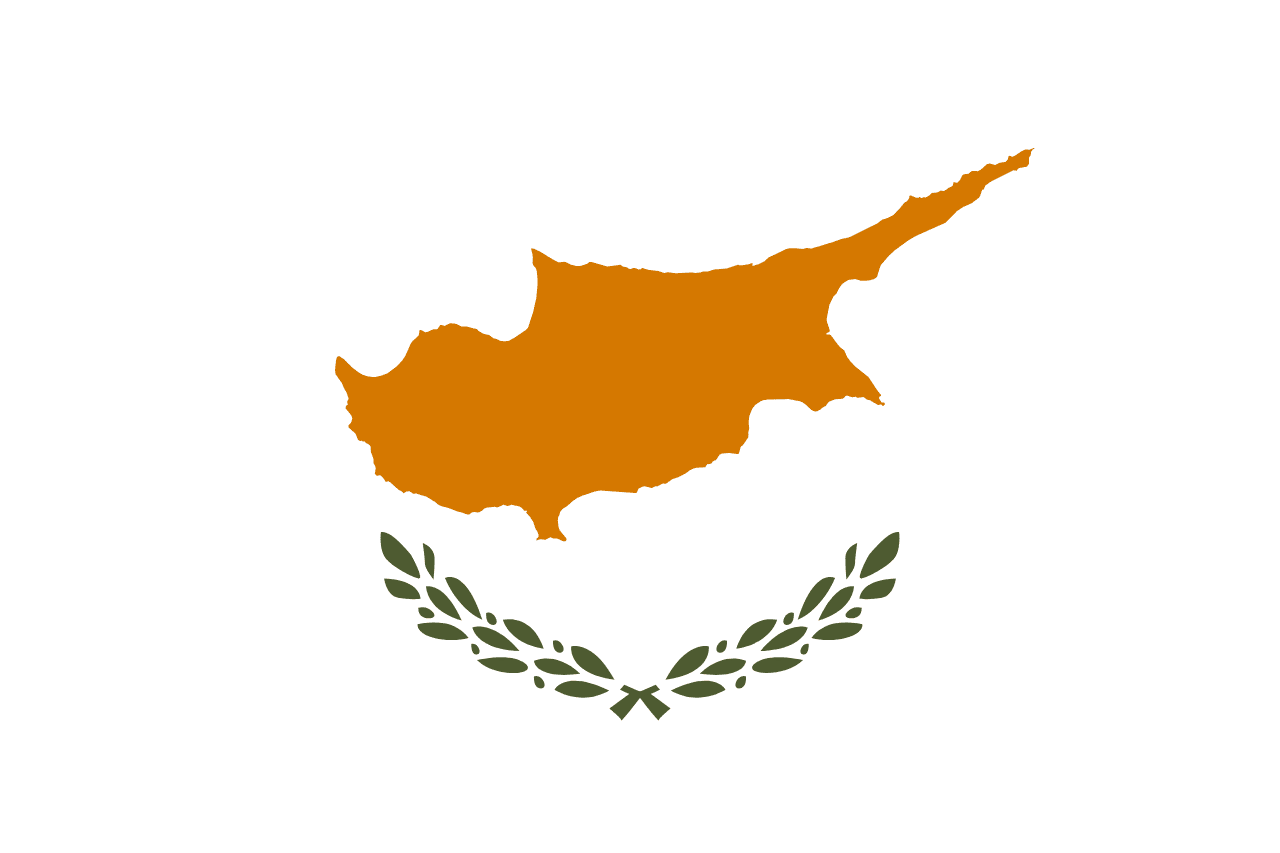La bandera de Dinamarca, conocida como Dannebrog (que en danés significa "tela danesa" o "estandarte danés"), es una de las banderas nacionales más antiguas en uso continuo en el mundo. Presenta un campo rojo con una cruz escandinava blanca que se extiende hasta los bordes de la bandera. Este diseño simple pero llamativo se ha convertido en un símbolo perdurable de la identidad, historia y cultura danesa.
Información sobre Dinamarca
| Día Nacional de la Bandera | 15 de junio (Valdemarsdag o Día de San Valdemar) |
| Estado soberano | Sí |
| Nombre oficial | Reino de Dinamarca |
| Capital | Copenhague |
| Población | 5.825.021 |
| Área | 43.094 km² |
| Moneda | Corona danesa (DKK) |
| Idioma | Danés |
| Continente | Europa |
| Región | Europa del Norte |
| Subregión | Escandinavia |
| Fronteras | Alemania |
| Zona horaria | CET (UTC+1), CEST (UTC+2) |
| Código telefónico | +45 |
| Dominio de nivel superior | .dk |
Historia de la Bandera Danesa
 El Dannebrog tiene una larga e histórica trayectoria, impregnada tanto de leyenda como de hechos:
El Dannebrog tiene una larga e histórica trayectoria, impregnada tanto de leyenda como de hechos:
- Según la leyenda, la bandera cayó del cielo durante la Batalla de Lyndanisse (actual Tallin, Estonia) el 15 de junio de 1219. Se dice que este evento milagroso motivó a las fuerzas danesas hacia la victoria contra los estonios.
- El primer uso documentado del Dannebrog se remonta al siglo XIV, lo que la convierte en una de las banderas nacionales más antiguas aún en uso.
- Se convirtió en la bandera nacional oficial de Dinamarca en 1625 bajo el reinado del Rey Christian IV, aunque ya se había utilizado como estandarte real durante siglos antes.
Simbolismo y Diseño de la Bandera Danesa
El diseño del Dannebrog es rico en simbolismo:
- Campo rojo: Simboliza la fuerza, la valentía y el valor. También está asociado con el color tradicional de la realeza danesa.
- Cruz escandinava blanca: Representa el cristianismo, reflejando los lazos históricos y culturales de Dinamarca con la fe. El diseño de la cruz es compartido con otros países nórdicos, simbolizando su herencia común.
- Las proporciones de la bandera están definidas con precisión: La cruz blanca debe ser 1/7 de la altura de la bandera, y los rectángulos rojos en el mástil son cuadrados.
Uso y Significado de la Bandera Danesa
 El Dannebrog tiene un inmenso significado cultural y emocional para el pueblo danés:
El Dannebrog tiene un inmenso significado cultural y emocional para el pueblo danés:
- Se utiliza ampliamente tanto en contextos oficiales como no oficiales, desde edificios gubernamentales hasta hogares privados y celebraciones.
- La bandera es una parte central de muchas tradiciones danesas, incluyendo su uso en cumpleaños y otras celebraciones personales.
- Se exhibe prominentemente durante las fiestas nacionales, particularmente en el Día de la Constitución (5 de junio) y en el cumpleaños de la Reina.
- El Dannebrog también se utiliza como pabellón naval para la Real Armada Danesa.
Datos Interesantes Sobre la Bandera Danesa
- El Dannebrog está reconocido por el Libro Guinness de los Récords como la bandera nacional más antigua en uso continuo en el mundo.
- La etiqueta de la bandera danesa es bastante relajada en comparación con muchos países, permitiendo un uso generalizado en contextos personales y comerciales.
- El diseño del Dannebrog influyó en las banderas de otros países nórdicos, incluyendo Suecia, Noruega, Finlandia e Islandia.
- Existe una variación especial de la bandera llamada Splitflag, que tiene un diseño de cola de golondrina y está reservada para uso del gobierno y la realeza danesa.
- La leyenda del origen divino de la bandera se celebra anualmente el 15 de junio, conocido como Valdemarsdag (Día de Valdemar) en Dinamarca.





